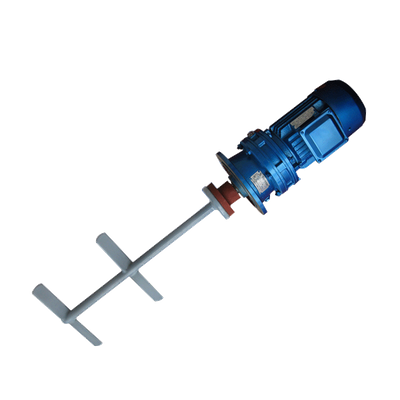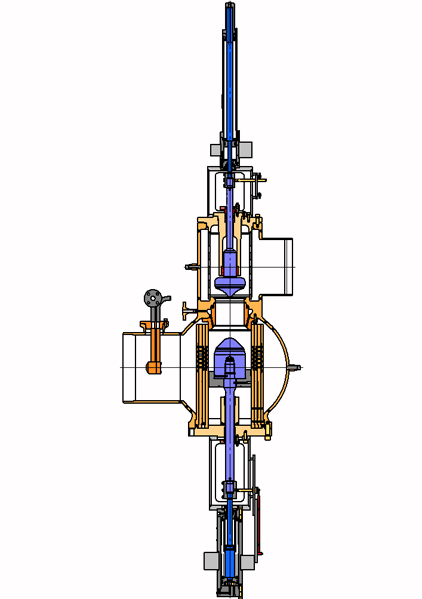


They are configured to provide conversion gain, good isolation between the signal ports, and require less power to drive the LO port. Active mixers are mostly used for RFIC implementation. Passive mixers are widely used due to their simplicity, wide bandwidth, and good intermodulation distortion (IMD) performance. This may impact the overall noise performance of the system, so in this case an LNA is usually added prior to the mixer. As an example, a passive implementation that uses diodes as nonlinear elements or FETs as passive switches, exhibits a conversion loss rather than gain. Active or passive implementations are used depending on the application, and there are advantages and disadvantages. An active mixer is made of active devices, such as transistors. Generally, a passive mixer is made of passive devices, such as diodes. When the LO frequency is above the RF, it is called high-side injection, and the mixer is a high-side downconverter. In a receiver, when the LO frequency is less than the RF frequency, it is called low-side injection and the mixer is a low-side downconverter.

Here the IF is the input while the RF is the output. When the desired output frequency is greater than the second input frequency the process is called upconversion. The RF is then the input while the IF is the output. When the desired frequency is less than the second input frequency, the process is called downconversion. The LO can only be an input port, while the RF and IF ports can be interchanged between the second input or output. In concept, the LO signal acts as a gate of the mixer in which the mixer is considered ON when the LO is a large voltage and OFF when it is a small voltage. A mixer is also known as a downconverter if the mixer is part of a receiver or as an upconverter if it is part of a transmitter.ĭepending upon the application in which the mixer is being used, the LO is typically driven with either a sinusoidal continuous wave signal or a square wave. The three ports (Figure 2) are referred to as the RF input port, LO (local oscillator) input port, and the IF (intermediate frequency) output port. Figure 2: Representation of downconversion and upconversion.


 0 kommentar(er)
0 kommentar(er)
